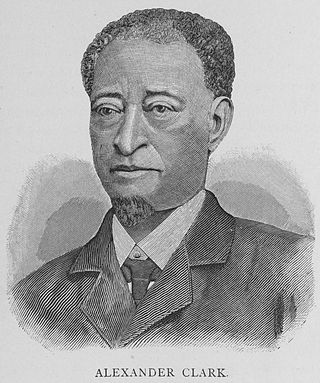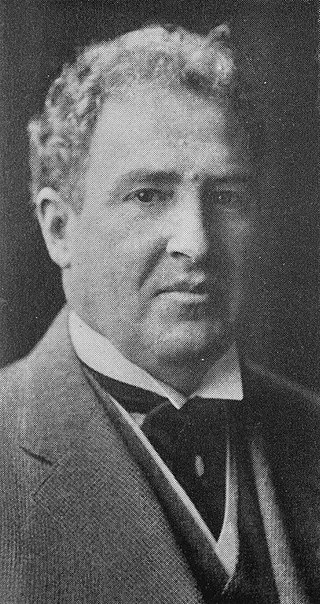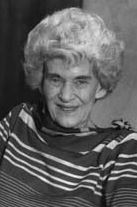Related Research Articles

Muscatine is a city in Muscatine County, Iowa, United States. The population was 23,797 at the time of the 2020 census, an increase from 22,697 in 2000. The county seat of Muscatine County, it is located along the Mississippi River. The local business association states that the name Muscatine is not used by any other community.

Daniel Rhodes was an American artist, known as a ceramic artist, muralist, sculptor, author and educator. During his 25 years (1947–1973) on the faculty at the New York State College of Ceramics at Alfred University, in Alfred, New York, he built an international reputation as a potter, sculptor and authority on studio pottery.
Clark House or Clark Farm or Clark Mansion or variations may refer to:

The Treasury Section of Painting and Sculpture was a New Deal art project established on October 16, 1934, and administered by the Procurement Division of the United States Department of the Treasury.

Mifflin Emlen Bell, often known as M.E. Bell, was an American architect who served from 1883 to 1886 as Supervising Architect of the US Treasury Department. Bell delegated design responsibilities to staff members, which resulted in a large variety of building styles, including Second Empire, Châteauesque, Queen Anne and Richardsonian Romanesque.

The United States Post Office and Courthouse, Dubuque, Iowa is a courthouse of the United States District Court for the Northern District of Iowa located in Dubuque, Iowa. Completed in 1934, it was listed in the National Register of Historic Places in 1985. It is a contributing resource within the Cathedral Historic District.

Alexander G. Clark was an African-American businessman and activist who served as United States Ambassador to Liberia in 1890–1891, where he died in office. Clark is notable for suing in 1867 to gain admission for his daughter to attend a local public school in Muscatine, Iowa. The case of Clark v. Board of School Directors achieved a constitutional ruling for integration from the Iowa Supreme Court in 1868, 86 years before the United States Supreme Court decision of Brown v. Board of Education (1954). He was a prominent leader in winning a state constitutional amendment that gained the right for African Americans in Iowa to vote (1868). Active in church, freemasonry, and the Republican Party, he became known for his speaking skills and was nicknamed "the Colored Orator of the West." He earned a law degree and became co-owner and editor of The Conservator in Chicago. His body was returned from Liberia in 1892 and buried in Muscatine, where his house has been preserved.

The Downtown Commercial Historic District in Muscatine, Iowa is a historic district that was listed on the National Register of Historic Places in 2006. At that time, it included 93 contributing buildings, one other contributing object, and 18 non-contributing buildings. The city of Muscatine was established as Bloomington in 1836. The original town was built on land that is generally flat along the Mississippi River. Residential areas were located on the surrounding hills. Commercial and industrial interests developed on the flatter land near the river. Muscatine's commercial and industrial center had developed in a 12-block area along Front Street, now Mississippi Drive, and 2nd Street between Pine Street and Mulberry Street by 1874. This area, represented by the Downtown Commercial Historic District, is the city's original commercial area. Within its boundaries is a large number of 19th-century commercial buildings, many of which were modified in the first half of the 20th century.

John Virginius Bennes was an American architect who designed numerous buildings throughout the state of Oregon, particularly in Baker City and Portland. In Baker City he did an extensive redesign of the Geiser Grand Hotel, designed several homes, and a now-demolished Elks building. He moved to Portland in 1907 and continued practicing there until 1942.

United States post office murals are notable examples of New Deal art produced during the years 1934–1943.

Proudfoot & Bird was an American architectural firm that designed many buildings throughout the Midwest region of the United States. Originally established in 1882, it remains active through its several successors, and since 2017 has been known as BBS Architects | Engineers.
Frederick George "Fritz" Clausen (1848–1940) was a Danish-born architect who came to the United States in 1869 and founded an architectural practice in Davenport, Iowa. The firm that he founded, presently named Studio 483 Architects, is still in business today, the oldest firm in continuous practice in the state of Iowa. Clausen has been termed the "premier 19th century architect" of Davenport, Iowa.

Beuttler & Arnold was an architectural firm in Sioux City, Iowa that designed several works that are listed on the National Register of Historic Places for their architecture.

Marion Gilmore also Marian Gilmore and Mion Hulse was an American muralist and painter from Iowa. She was also an accomplished cellist. In the 1930s, she won two federal commissions to complete post office murals for the Public Works Art Project of the Treasury Department. Her work is representative of the Ashcan school and Social Realism art movements of American art.

The Minden United States Post Office is a historic building in Minden, Nebraska. It was built in 1936–1937, and designed in the Modernistic style by architect William E. L. Bunn. Inside, there is a 13 by 6 feet Works Progress Administration mural in memory of 1848 Fort Kearny, completed in 1939 by artist William E. L. Bunn. The building was listed on the National Register of Historic Places in 1992 as U.S. Post Office-Minden.
Paul Vincent Hyland (1876—1966) was an American architect in Chicago, with a Lincoln, Nebraska office. He designed several works which are listed on the National Register of Historic Places.

William J. Ziegler Jr. was an American business executive, philanthropist, polo player, yachtsman, and a Thoroughbred racehorse owner and breeder.

The Davenport Downtown Commercial Historic District is a nationally recognized historic district located in the central business district of Davenport, Iowa, United States. It was listed on the National Register of Historic Places in 2020. At the time of its nomination it consisted of 43 resources, which included 33 contributing buildings, one contributing structure, and nine non-contributing buildings. In addition, the district also contains 33 buildings that are individually listed on the National Register. This historic district is bordered by four other districts: the Crescent Warehouse Historic District and the Davenport Motor Row and Industrial Historic District on the east, the Hamburg Historic District to the northwest, and the West Third Street Historic District on the west.
References
- 1 2 3 "A Finding Aid to the William E. L. Bunn papers, 1863-2009". www.aaa.si.edu. Archived from the original on 2019-12-30. Retrieved 2020-07-08.
- ↑ "William Bunn- to paint mural in KY. Lives in Muscatine, 852 Newell Ave". The Muscatine Journal and News-Tribune. 25 October 1939. p. 12. Archived from the original on 7 June 2019. Retrieved 6 May 2019.
- 1 2 3 4 5 "New Deal Projects". Living New Deal. Archived from the original on 2019-05-06. Retrieved 2019-05-06.
- ↑ "Post Office Mural - Hamburg IA". Archived from the original on 2019-05-06. Retrieved 2019-05-06.